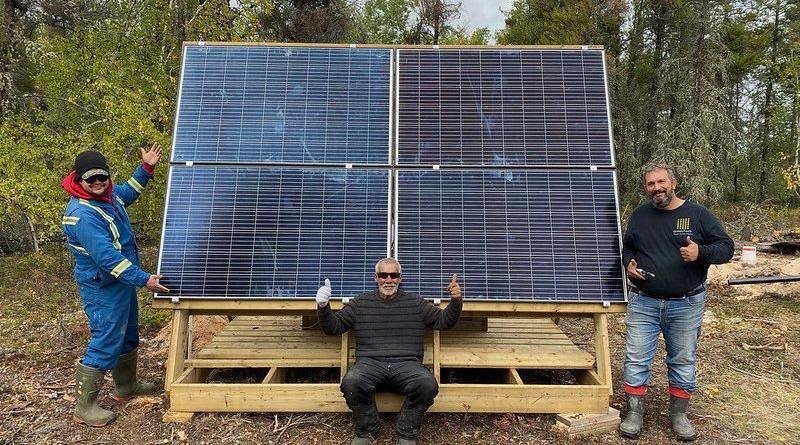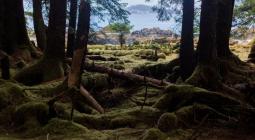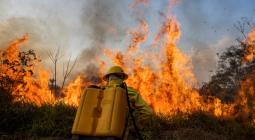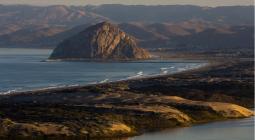Ottawa Mulls Loan Guarantees for Indigenous Resource Projects, Sidesteps Clean Energy Options

With the federal government laying plans for a new loan guarantee program to help Indigenous groups invest in major natural resource projects, the discussion appears to have sidestepped clean energy options that already account for more than 600 projects in communities across the country.
But that may be just fine with the communities behind the projects.
When Bloomberg News reported in late October that Ottawa was considering an Indigenous resource loan program, the headline news was that Cabinet was weighing whether oil and gas projects should qualify, and if so, under what conditions. The program would help address the difficulties Indigenous communities have had securing loans “because they can’t use the federal land they control as collateral, and some don’t have long credit histories,” the news agency explained at the time.
The new program, which may be announced within weeks, “will see the government provide guarantees for loans to Indigenous organizations, using Canada’s AAA credit rating to negotiate better terms for credit,” Bloomberg wrote. “The loans may be used for buying stakes in mines, power plants, transmission lines, and a range of other projects—including many seen as critical to achieving Canada’s climate goals.”
But the program could exclude oil and gas projects or, more likely, require them to meet a low emissions threshold or bolt on (increasingly questionable) carbon capture and storage systems to qualify for loan guarantees. “Another option is to allow high-emission projects, but give them less favorable loan conditions,” Bloomberg wrote.
Those restrictions didn’t sit well with the First Nations Power Authority (FNPA), the Indigenous Resource Network, or the First Nations LNG Alliance, with Power Authority CEO Guy Lonechild describing oil and gas as the only feasible option for some Indigenous groups, particularly if the goal is to generate affordable electricity. “We’ve got to find ways as a country to help generate wealth in underprivileged communities,” he told Bloomberg.
But members of the Indigenous Clean Energy (ICE) network have already completed more than 600 installations across the country, including nearly 300 small to medium renewable energy projects producing at least one megawatt of electricity each, Executive Director James Jenkins told The Energy Mix last week.
Jenkins stressed that ICE would always respect the sovereign position of any Indigenous rights holder, “so in terms of their decision or their perspective on their economic development opportunities, we would tend not to comment.” But he said he knew of no communities or regions with no energy opportunities besides oil and gas.
“A lot of the interest in our programming is from remote communities that are heavily reliant on diesel,” he said. “There’s support for it in every region, and there are success stories in every region,” in large part due to “interest at the community level in First Nations, Métis, and Inuit communities to be on the right side of climate action.”
Those projects now account for more than 20% of Canada’s electricity generation infrastructure, Jenkins added, all of them incorporating Indigenous ownership, co-ownership, or defined benefit agreements. Indigenous communities “are a major part of the landscape right now,” he said, “and I think we have to be moving forward in order for the transition to occur at the speed that’s needed.”
Jenkins declined to comment on whether Indigenous oil and gas organizations are concerned primarily with community energy supplies or the potential business opportunities in larger energy megaprojects.
The FNPA’s Lonechild did not respond to several requests for comment by phone and email.
Jenkins said ICE hasn’t been a part of the discussion around the loan guarantee program, but “it’s not something our network is asking for”. While some provinces have strategic procurement programs that could support Indigenous clean energy projects, ICE programming has been more focused on community energy and conservation programs and housing, both retrofit and new.
Many Indigenous communities “tend to lack sustainable housing, and that contributes to poor health outcomes,” he explained, and “we would like to see a coordinated financing solution that can bring capital into that process.”
A spokesperson for Natural Resources Minister Jonathan Wilkinson said a national benefits sharing framework for natural resource projects is currently under development, but could not confirm timeline or details. Natural Resources Canada “is meeting with Indigenous partners on a range of potential options to enable access to capital for Indigenous communities to support ownership opportunities in major natural resource projects in their territories,” the spokesperson said in an email.





